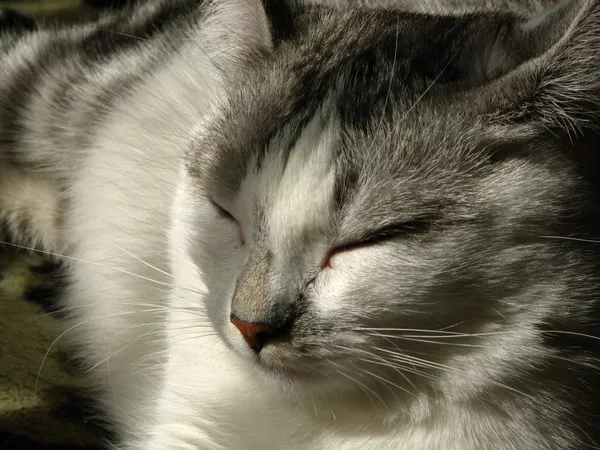Michelle Murphy-Keane, 52, and her husband Declan, 58, purchased a charming cottage in the historic village of Milton Abbas in 2021, after the Covid pandemic. The property, built in 1773, overlooks the St. James’ Church cemetery and had been under renovation for the past two months. This work followed a three-year battle to secure planning permission.
While carrying out the renovations, the couple received an unexpected discovery from their builders: a mummified cat in the attic, which they believe has been hidden within the thatching of the roof.
Mrs. Keane shared her reaction to the surprising find: “When the builders were up there replacing the thatching, they found the mummified cat among the materials. It was situated near the graveyard, and I was a bit shocked, but I figured that with a house this old, some unusual discoveries were bound to happen during renovations.”
The practice of hiding dried cats to protect homes from natural disasters, evil spirits, or even witchcraft was common in the UK and Europe, from medieval times well into the Victorian era. These mummified cats were thought to offer spiritual protection.
The couple, who moved to Dorset from Essex, have affectionately named the feline “Jimmy” after learning more about its purpose. Mrs. Keane explained: “After researching, I found out that mummified cats were used in the past as a way to ward off evil spirits and protect the home. I was definitely surprised, but I had been concerned about the house overlooking the graveyard. My dog refuses to enter the house whenever we visit, so I wasn’t sure if there was something sinister going on.”
The Keanes spoke to the two previous owners, who had lived in the cottage for a total of 70 years, but they reported no issues with the house.
As for the fate of “Jimmy,” Mrs. Keane shared: “We want to put him back in the ceiling. The builder initially suggested throwing it away, but given that he’s probably been here for hundreds of years protecting the house, we don’t want to dispose of him. I’ll make sure to put up a picture of him in the house, too, and I’d love to hear from any local historians who can shed more light on this tradition in Dorset.”
She added: “We’ve really settled in well. When we bought the house, we felt like its custodians, a part of its history. We want to preserve it, and it’s great to hear that the people in the village are happy to see work being done on the property.”
Related Topics

























